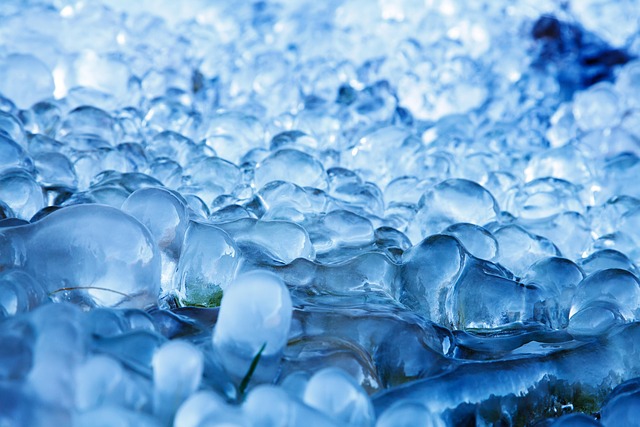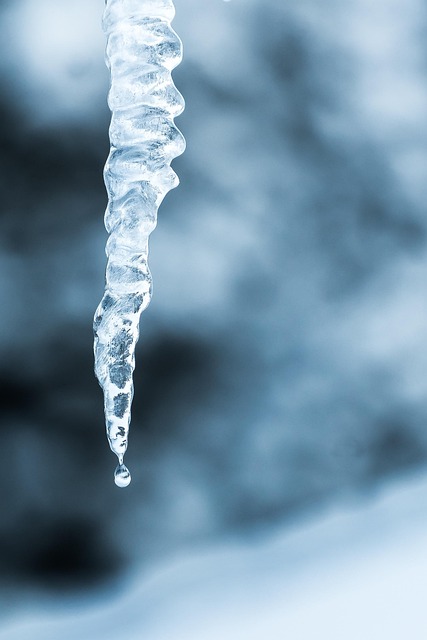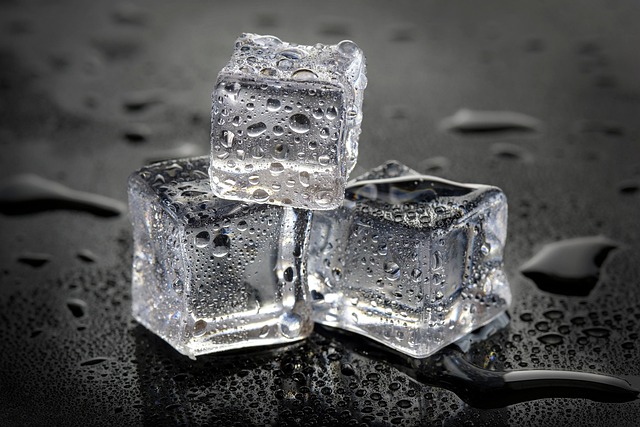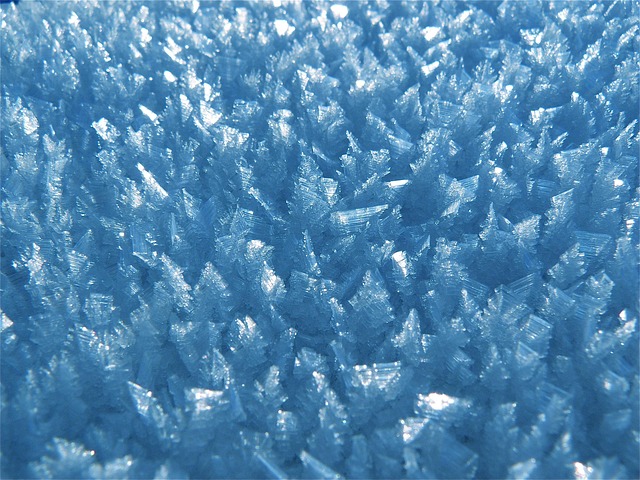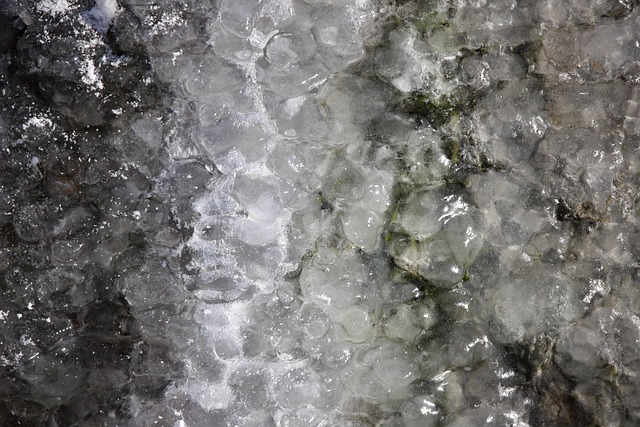During the UK’s recent spell of snow and ice, many households will have turned to salt to keep their driveways clear. Salt is effective because sodium ions separate in water, making it more difficult for H₂O molecules to bind together and form ice, thereby lowering the freezing point. For years, scientists believed ice was slippery due to a thin film of water on its surface. This liquid layer was thought to form when pressure or friction caused the top of the ice to melt, creating the slick coating that makes walking on it so treacherous.
++ Fish facts that challenge what we know
However, new findings published in Physical Review Letters have cast doubt on this long-standing theory. The Conversation previously pointed out that the water-film explanation does not account for why ice remains slippery at temperatures far below freezing. Seeking answers, researchers at Saarland University in Germany conducted advanced molecular simulations to observe how ice behaves at its surface.
Study author Professor Martin Müser explained in a press release: “It turns out that neither pressure nor friction plays a particularly significant part in forming the thin liquid layer on ice.”
Instead, the team found that the key lies in the behaviour of molecular dipoles—molecules with regions of positive and negative charge that give them a directional polarity. Ice depends on an orderly crystalline arrangement of molecules to stay solid, but when someone steps on it, the dipoles within a shoe sole interact with those in the ice beneath. This disrupts the otherwise stable structure.
“In three dimensions, these dipole-dipole interactions become ‘frustrated’,” Professor Müser said. Saarland University described this as a phenomenon in which competing forces prevent a system from reaching a fully ordered and stable configuration.
++ London aquarium faces renewed scrutiny over penguin welfare
The findings could have intriguing implications. For example, they suggest that skiing in extremely cold conditions may be more feasible than previously believed. “Until now, it was assumed that skiing below –40°C is impossible because it’s simply too cold for a thin lubricating liquid film to form beneath the skis. That too, it turns out, is incorrect,” Müser said.
“Dipole interactions persist at extremely low temperatures. Remarkably, a liquid film still forms at the interface between ice and ski – even near absolute zero,” he added, though at such temperatures the liquid could be too viscous to allow smooth movement.
Saarland University noted that further research is needed to understand the full implications of the discovery, but the scientific community is already taking notice.
